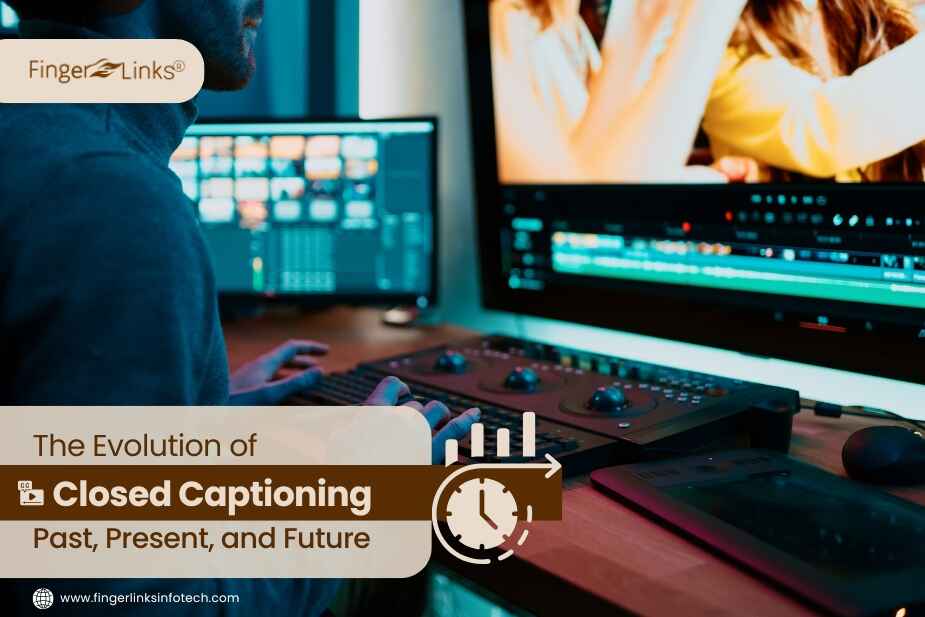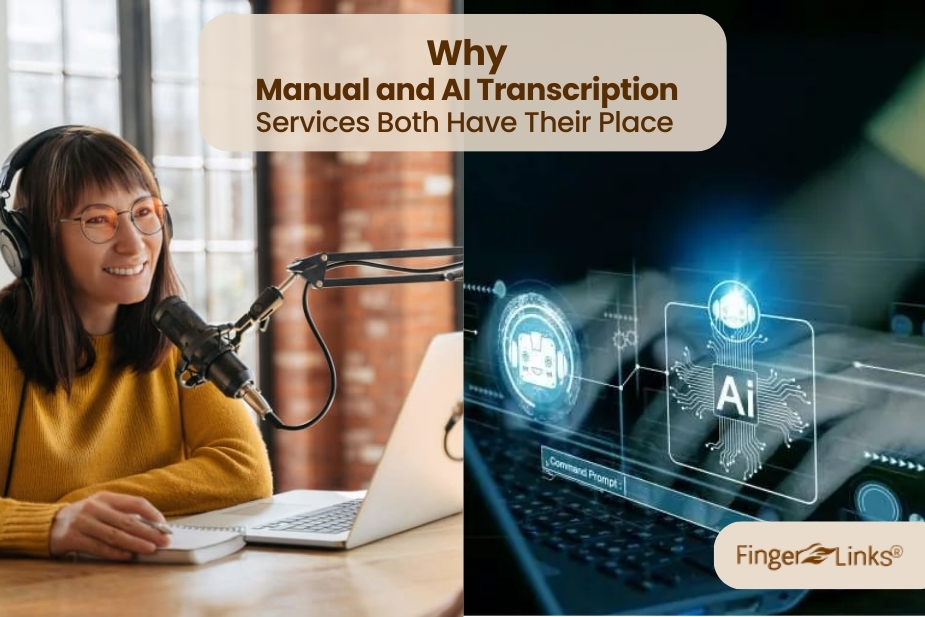Transform Your Videos with Quality Captioning Services
- ⏰ March-26-2025 |
- ✍️ By Admin |
- 🏷️ In Captioning
Video content is essential to modern communication, marketing, and education. It's a great way to convey ideas, share stories, and provide valuable information. However, without proper accessibility, your videos might miss the mark. That's where video captioning services come into play.
Captions enhance your videos accessibility, allowing a broader audience to engage with your content. Whether you're producing educational videos, corporate presentations, or marketing campaigns, captions are vital for improving viewer experience. This blog will explore the power of services like video captioning and how they can elevate your content.
What is Video Captioning?
Video captioning involves adding written text to a video that displays dialogue, sound effects, music, or any important audio information. It gives viewers a complete understanding of the video's content, even when they can't hear the audio. Captions are typically synchronized with the video to ensure viewers read the text at the right time. Both open and closed are possible:
-
Open captions: It is impossible to turn off open captions because they are permanently embedded in the video.
-
Closed captions: Viewers can choose whether to turn closed captioning on or off by toggling them on and off.
Why Do You Need Video Captioning?
Video captioning services can transform your video content by providing several advantages. Let's examine the reasons you ought to think about utilising them:
1. Improved Accessibility
One of the most compelling reasons to use video captioning is accessibility. The World Health Organisation estimates that 466 million individuals worldwide suffer from a debilitating hearing loss. For these individuals, captions are essential in understanding the content of your videos. By offering captions, you cater to a larger demographic, ensuring that those with hearing impairments can enjoy and benefit from your content.
Moreover, captions aren’t just for those with hearing loss. Many people watch videos in environments where they cannot play sound, such as public spaces, offices, or libraries. By providing captions, you allow these viewers to consume your content without audio.
2. Increased Engagement
Videos with captions have been shown to increase viewer engagement. Studies suggest that videos with captions can increase engagement rates by 40%. Viewers are more likely to watch the video in its entirety when they can follow along with captions. This makes video captioning an excellent tool for retaining audience attention, especially on platforms like YouTube, Facebook, or Instagram, where short attention spans are common.
Additionally, captions help make the content more relatable. People can connect better with videos when they are not only hearing but also seeing the words that explain the message. It fosters a deeper understanding and emotional connection with your audience.
3. Boosting SEO and Reach
Adding captions to your videos can significantly improve your search engine optimization (SEO). When you caption a video, the text becomes searchable, which makes your video more discoverable. Search engines, like Google, can index the captions, helping your content appear in relevant search queries. As a result, your video is more likely to appear in search results, driving more traffic to your website or platform.
In addition, captions can help your videos rank higher in social media feeds. Platforms like Facebook and Instagram prefer videos with captions, as they're easier to engage with in a silent browsing environment. With more people being able to find and interact with your videos, you increase your content's overall reach and visibility.
4. Enhanced User Experience
Another key benefit of video captioning is that it improves the overall user experience. Providing captions ensures that your audience can follow the narrative of your video without any confusion. It also enhances comprehension, especially when your video contains complex or technical content.
For example, if you’re sharing a tutorial or an educational video, captions can help reinforce key points, making it easier for viewers to absorb the material. This is particularly useful for international audiences who may not be fluent in the language spoken in the video. By adding captions in multiple languages, you expand your global reach.
5. Compliance with Legal Requirements
For many businesses, especially in the public sector or those with a significant online presence, there are legal requirements regarding video accessibility. In countries like the U.S., laws like the Americans with Disabilities Act (ADA) require that videos be accessible to individuals with disabilities.
This includes the provision of captions. By using professional video captioning services, you ensure compliance with these regulations, reducing the risk of potential lawsuits.
How do Video Captioning Services Work?
When you choose a video captioning service, the process is straightforward. First, you submit your video file to the service provider. From there, the professionals will transcribe the dialogue and add captions that are perfectly synchronized with your video. Depending on the service, you may also have the option to request additional features, such as subtitles in different languages or customized captions (for sound effects, music cues, etc.).
The entire process is done manually or with the help of advanced captioning software, ensuring accuracy and quality. Many services also offer human-generated and AI-powered captioning, allowing you to choose based on your needs and budget.
Best Practices for Video Captioning
To get the most out of your video captioning, follow these best practices:
-
Ensure Accuracy: Always use professional services that guarantee accurate and well-timed captions. Poor-quality captions can confuse viewers and undermine the credibility of your content.
-
Keep it Concise: Captions should be easy to read and not overwhelm the viewer with too much text. Stick to short, clear sentences that convey the message without cluttering the screen.
-
Use Formatting Wisely: Use appropriate punctuation, capitalization, and speaker labels to help viewers understand the context and flow of the video. This is especially important for videos with multiple speakers or complex discussions.
-
Include Descriptions for Sound Effects: For videos with important sound effects (such as music, applause, or traffic sounds), make sure they’re described in the captions. This adds value for viewers who are deaf or hard of hearing and provides a fuller experience.
Conclusion
Video captioning is no longer a luxury; it's necessary for modern content creators who want to enhance accessibility, increase engagement, and reach a global audience. Whether you're running a YouTube channel, launching a marketing campaign, or producing educational content, video captioning services provide the tools you need to succeed.
At Fingerlinks Infotech, we understand the value of professional captioning and offer reliable, high-quality services to help you unlock the full potential of your videos. Don't let your content fall short—invest in video captioning today and see the difference it makes for your audience and your brand.
FAQs
Q1. What are video captions?
Captions are text that display what’s being said or important sounds in a video. They can be open (always visible) or closed (can be turned on/off).
Q2. Why should I use video captioning?
Captions improve accessibility for those with hearing impairments, help viewers in silent environments, and boost engagement and SEO.
Q3. Does the law require video captioning?
Yes, laws like the ADA require accessibility for people with disabilities. Adding captions helps ensure compliance.
Q4. How do video subtitling services work?
Captioning services transcribe audio and sync it with your video. They can use AI or manual methods and offer features like multiple language subtitles.
Q5. How can captions improve my video’s performance?
Captions make videos accessible to more people, increase engagement, and improve SEO by making the video more straightforward to find.

.jpg)



.jpg)






